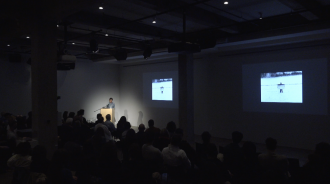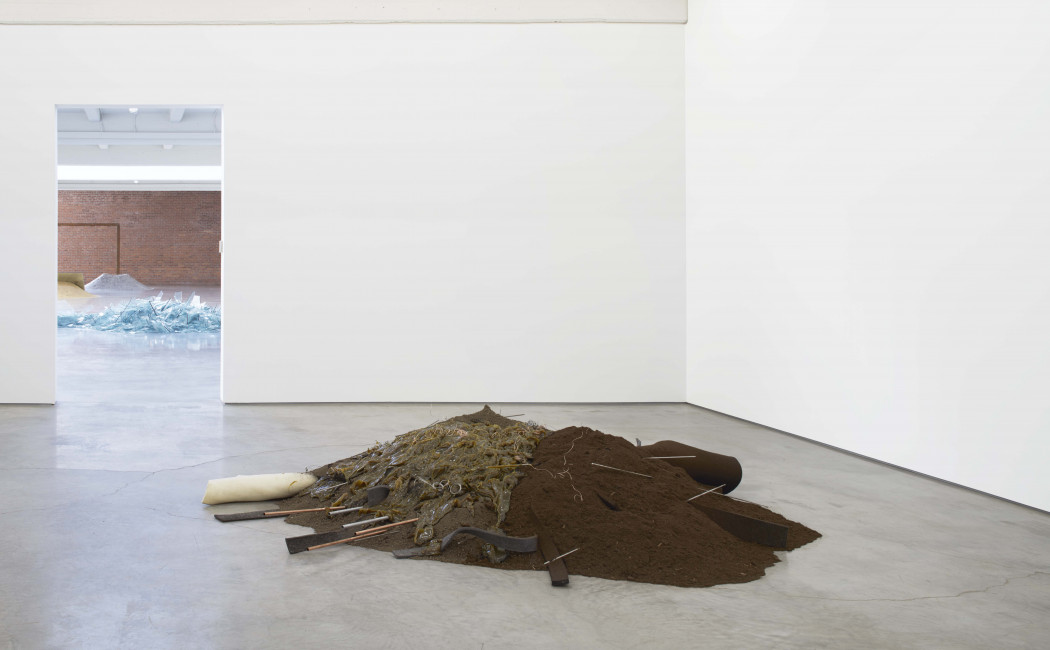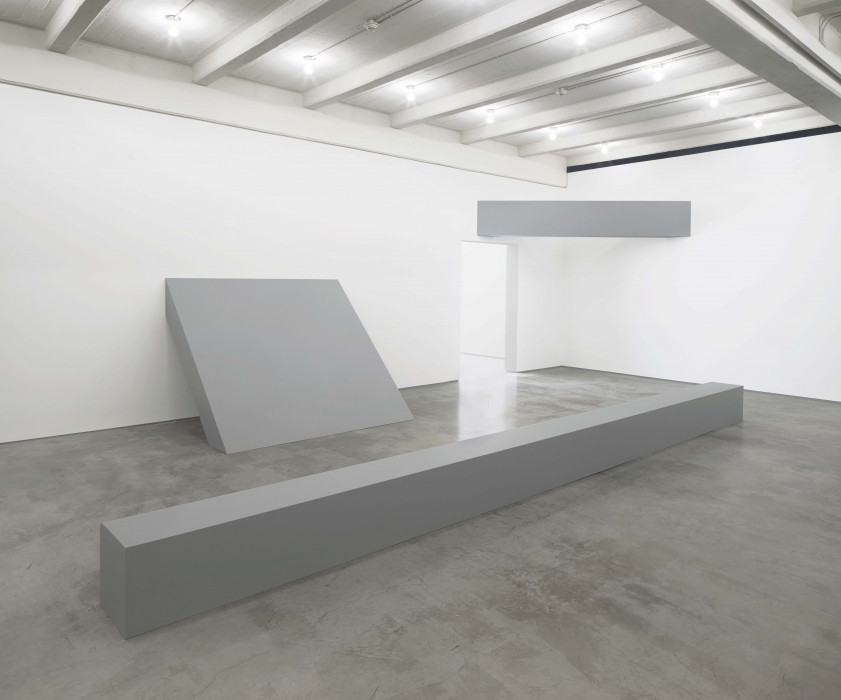Robert Morris
October 8, 2016–December 6, 2020, Dia Beacon
Overview
Robert Morris moved to New York City in 1959, where he studied art history and was active in the experimental dance and performance scene through the Judson Dance Theater in Greenwich Village. While building props for and choreographing performances, he developed an interest in embodied perception, which he then explored through his pioneering sculptural practice. As early as 1961, he was engaging viewers in sculptural experiences that unfolded in real time and actual space. Between 1962 and 1964, Morris produced seven simple plywood sculptures that were originally intended for his landmark 1964 exhibition at the Green Gallery in New York. Set on the floor or in relation to the gallery’s walls, these polyhedrons defined the gallery’s architecture as sculpture rarely had before, directing a viewer’s focus to the space of the gallery itself. With this body of work, Morris introduced a Minimal art that was fundamentally sculptural and intended to draw attention to the contingencies of space and site.
In the late 1960s, Morris went on to help galvanize interest in Postminimal strategies through his increasingly unstructured installations of cut felt, scattered thread waste, and piled earth. These projects moved the emphasis from the perceiver’s body to that of the artist who was manipulating materials more directly than ever before. Morris chose soft materials such as felt and dirt precisely because of their capacity to reveal the process of making itself. His work was in dialogue with other radical gestures such as Richard Serra’s Scatter Piece (1967), Walter De Maria’s earth-filled rooms (first realized in 1968), and Robert Smithson’s Map of Broken Glass (Atlantis) (1969)—all installations in Dia’s collection.
Like his peer and rival, Donald Judd, Morris was an important theorist of new art throughout the decade. His essays and sculptures served as bellwethers for the formal innovations of the time. His texts “Anti-Form” (1968) and “Notes on Sculpture, Part IV: Beyond Objects” (1969) contextualized this aesthetic and intellectual shift away from the rigid geometry of Minimal art toward the dispersed antiformalism of Postminimal art.
Robert Morris moved to New York City in 1959, where he studied art history and was active in the experimental dance and performance scene of the Judson Dance Theater in Greenwich Village. Drawing on his experience as a choreographer and performer, and the props that he built for these activities, Morris created sculptures and installations that engage viewers in bodily perceptual experiences in real space. Between 1962 and 1964 he made a series of seven simple plywood sculptures that exposed the gallery itself as an environment. Untitled (Corner Beam), for example, was designed to bisect the corner of a door frame, while Untitled (Corner Piece) occupied the heretofore unnoticed volume between two joined walls, and Untitled (Cloud) filled a rectangular volume between the ceiling and floor.
Six of the seven sculptures were shown for the first time in the artist’s landmark solo exhibition at the Green Gallery in New York in December 1964. The seventh work, Untitled (Wall-Floor Slab), was not finished in time for the opening, and was shown just one month later as part of Shape and Structure: 1965, an exhibition that opened at Tibor de Nagy Gallery in New York in January 1965. Characterized by simple geometry and scaled to the body, Morris’s “minimal” works are visually indivisible shapes, or gestalts, meant to be perceived by a standing viewer. As he has described in his 1966 essay “Notes on Sculpture, Part I,” the “parts are bound together in such a way that they offer a maximum resistance to perceptual separation.” As unified shapes, these plywood sculptures redirect attention to their surroundings and reveal the architecture of the gallery and the viewer’s position in relation to it.
A critical success, Morris’s Green Gallery show is now perceived as a significant milestone in the emergence of Minimal art. However, during the late 1960s Morris began to develop increasingly unstructured works of cut felt, scattered thread waste, and piled earth. Made of soft materials, these projects shifted attention away from gestalt perception toward the process of making—and to the artist who manipulated materials more directly. For his first cut-felt works, including Untitled (1967), he sliced progressively placed lines into rectangular sheets of the industrial material. He then hung the fabric sheets from nails, letting the felt fall naturally to the floor. From these structured yet apparently amorphous sculptures, Morris moved completely to the ground with Untitled (Dirt) (1968), a mass of earth, peat moss, oil, and debris whose materials defied any internal cohesion. First exhibited in the group show Earth Works at Dwan Gallery in New York in October 1968, Morris’s dirt dump speaks of the anarchic political and social milieu of a year that witnessed massive riots internationally, the assassinations of Martin Luther King, Jr., and Robert Kennedy, and the newfound tendency of artists working directly on or with the land. That same month Walter De Maria installed the first Earth Room in the gallery of Dia cofounder Heiner Friedrich in Munich—the immediate precedent of Dia’s The New York Earth Room (1977).
- Robert Morris.pdf
- 30 KB
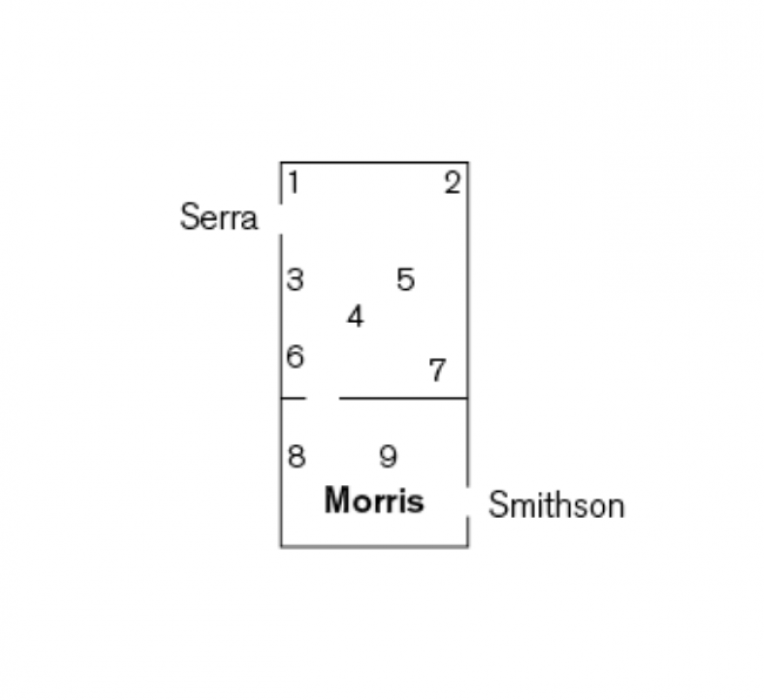
- Untitled (Corner Beam), 1964/2016
Painted plywood
Dia Art Foundation - Untitled (Corner Piece), 1964/2016
Painted plywood
Dia Art Foundation - Untitled (Wall-Floor Slab),
1964/2016
Painted plywood
Dia Art Foundation - Untitled (Floor Beam), 1964/2016
Painted plywood
Dia Art Foundation - Untitled (Cloud), 1962/2016
Painted plywood
Dia Art Foundation - Untitled (Table), 1964/2016
Painted plywood
Dia Art Foundation - Untitled (Boiler), 1964/2016
Painted plywood
Dia Art Foundation - Untitled, 1967/2011
Felt
Collection of the artist,
courtesy Castelli Gallery - Untitled (Dirt), 1968/2016
Dirt, grease, peat moss, steel, copper, aluminum, and felt
Dia Art Foundation
- Download Robert Morris
- pdf, 30 KB
Robert Morris was born in 1931 in Kansas City, Missouri. A graduate of Reed College, Portland, Oregon, and Hunter College, City University of New York, where he studied art history with Ad Reinhardt and E. C. Goossen, Morris is a pioneering figure of Minimal, Conceptual, Postminimal, and Land art and a theorist of these movements. He has exhibited extensively around the world and has had major one-person shows at the Whitney Museum of American Art, New York City, Tate Gallery, London, Art Institute of Chicago, and Solomon R. Guggenheim Museum, New York. Morris died in Kingston, New York, in 2018.
- Robert Morris.pdf
- 30 KB
Artist
Robert Morris
Robert Morris was born in Kansas City, Missouri, in 1931. He died in Kingston, New York, in 2018.
Selected Works on View
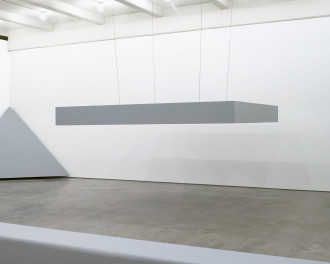
Robert Morris
Untitled (Cloud), 1962
Go to Untitled (Cloud) page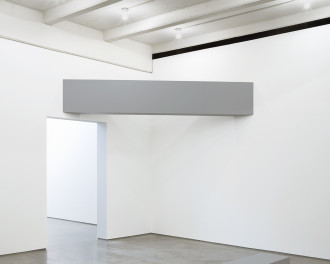
Robert Morris
Untitled (Corner Beam), 1964
Go to Untitled (Corner Beam) page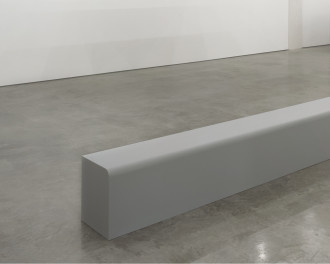
Robert Morris
Untitled (Floor Beam), 1964
Go to Untitled (Floor Beam) page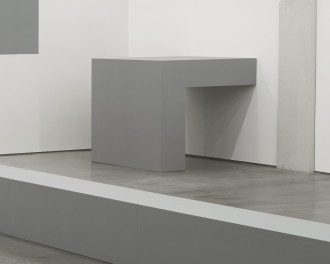
Robert Morris
Untitled (Table), 1964
Go to Untitled (Table) page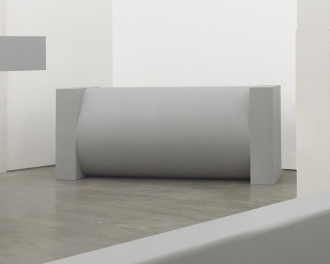
Robert Morris
Untitled (Boiler), 1964
Go to Untitled (Boiler) page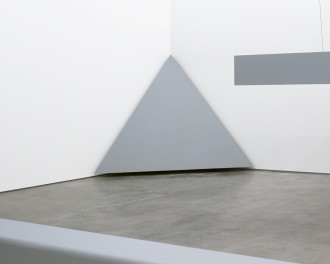
Robert Morris
Untitled (Corner Piece), 1964
Go to Untitled (Corner Piece) page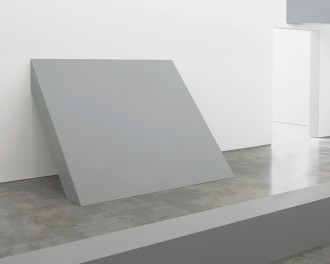
Robert Morris
Untitled (Wall-Floor Slab), 1964
Go to Untitled (Wall-Floor Slab) page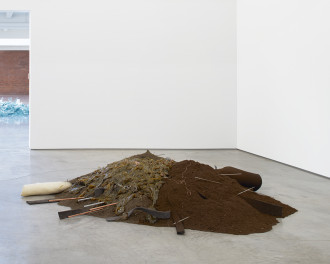
Robert Morris
Untitled (Dirt), 1968/2016
Go to Untitled (Dirt) pageExplore
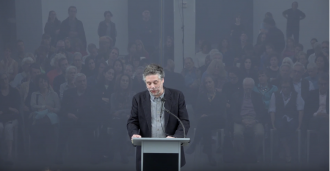
Jeffery Weiss on Robert Morris
Move to Jeffery Weiss on Robert Morris page